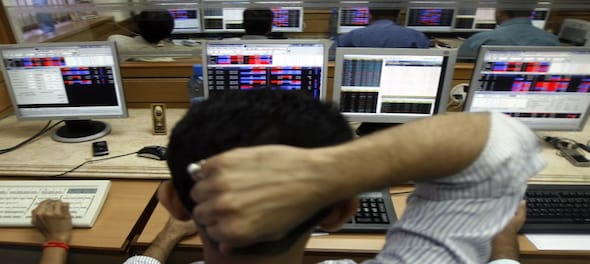
When former Finance Minister P Chidambaram first introduced the Securities Transaction Tax in Budget 2004-05, it provoked an outcry among stock brokers and share traders. The tax meant that anybody buying or selling a share would have to pay a certain percentage of the value of the trade to the taxman, irrespective of that transaction resulting in a profit or a loss.
The resistance from the broking community was so strong that a few weeks later, the rate of STT was diluted for day traders. There was also an additional relief for day traders or arbitrageurs, whose main source of income—business income—was from transacting in shares. This was different from capital gains for taxpayers whose profits from share investments were not the main source of income.
Arbitrageurs could claim a rebate on their taxable income, to the extent of STT already paid. This was done so as to ensure that they were not subject to double taxation. So if a day trader paid Rs 2 crore towards STT through the course of the year, and his taxable income was Rs 2 crore, he would not have to pay any tax. But if his taxable income was Rs 1 crore and STT paid was Rs 2 crore, he could claim rebate only for Rs 1 crore of STT paid.
High volume arbitrageurs often paid STT far in excess of their taxable income during the year. Besides, back in 2004, there were plenty of loopholes so as not to show the entire taxable income on the books.
Closer to the end of the financial year, the arbitrageurs would have a rough idea of the amount of taxable income they would be making, and how much rebate they would be able to claim.
Thus started a parallel market in buying and selling of excess STT paid. This was almost similar to the market for carbon credits.
The buyers for STT credit were traders who wanted to suppress their taxable income. They would approach traders who with STT that could not be claimed towards rebate. What made such shenanigans easy to pull off was that the rules for client code modification were quite lax. Brokers would claim that they mistakenly had punched the trade for the wrong client, and after trading hours, shift the trade to the correct account.
So arbitrageurs with excess STT credit would open trading accounts for those wanting to suppress their taxable income through rebate against STT. The arbitrageurs would then carry out their regular trades in these accounts. At the end of the day, the trades would be sorted and entered into various trading accounts in a way that none of the accounts showed a major profit or loss. But these trades would generate a lot of STT, which the beneficiary account holders would then use to suppress their taxable income, while filing their tax returns.
This trick went on for a couple of years, but soon the tax department got wind of this. In Budget 2008, the rebate was withdrawn and a new provision introduced, whereby STT would be treated as a deductible expense before calculation of taxable income.
Check out our in-depth Market Coverage, Business News & get real-time Stock Market Updates on CNBC-TV18. Also, Watch our channels CNBC-TV18, CNBC Awaaz and CNBC Bajar Live on-the-go!


Rapido offers free rides to voters to polling stations on May 13 in Hyderabad, 3 other cities
May 6, 2024 5:49 PM
Lok Sabha elections 2024: Seats to date, all you need to know about third phase of voting
May 6, 2024 4:49 PM
Concerns on low voter turnout a "myth"; absolute number of voters correct way to analyse: Report
May 6, 2024 2:57 PM
Haryana Lok Sabha elections 2024: A look at JJP candidates
May 6, 2024 2:26 PM

